In antiquity, Sri Lanka was known to travellers by a variety of names; in India as Lanka or Sinhala, ancient Greek geographers called it Taprobane and Arabs referred to it as Serendib (the origin of the word “serendipity”) Ceilão, the name given to Sri Lanka by the Portuguese when they arrived in 1505, Then it was transliterated into English as Ceylon. As a British crown colony, the island was known as Ceylon. It achieved independence as the Dominion of Ceylon in 1948 Geographically It is in the Indian Ocean southwest of the Bay of Bengal, between latitudes 5°and 10°N, and longitudes 79° and 82°E. Sri Lanka is separated from the Indian subcontinent by the Gulf of Mannar and Palk Strait.
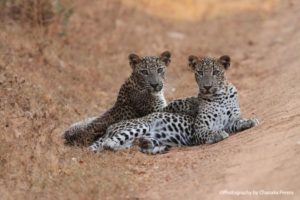
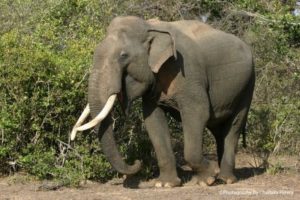
Yala National Park
Yala National Park is the most visited and second largest national park in Sri Lanka. Actually it consists of five blocks, two of which are now open to the public; and also adjoining parks. The blocks have individual names also, like Ruhuna National Park for the (best known) block 1 and Kumana National Park or ‘Yala East’ for the adjoining area. It is situated in the southeast region of the country, and lies in Southern Province and Uva Province. The park covers 979 square kilometres (378 sq mi) and is located about 300 kilometres (190 mi) from Colombo. Yala was designated as a wildlife sanctuary in 1900, and, along with Wilpattu it was one of the first two national parks in Sri Lanka, having been designated in 1938. The park is best known for its variety of wild animals. It is important for the conservation of Sri Lankan Elephants and aquatic birds.
“Yala hosts a variety of ecosystems ranging from moist monsoon forests to freshwater and marine wetlands. It is one of the 70 Important Bird Areas (IBAs) in Sri Lanka. Yala harbours 215 bird species including six endemic species of Sri Lanka. The number of mammals that has been recorded from the park is 44, and it has one of the highest leopard densities in the world.”
The best times to visit the park are early morning ( 5.30 am) and afternoon (3.00pm) to dusk. Dawn and dusk are the best times for spotting leopard and sloth bear . Get your park permit from the park office (Palatupana) for each entry prior to going into the park. You will be provided with a tracker by the office. Cost per local is Rs. 70/-. Foreign passport holder is Rs. 2500/-. Each vehicle will be Rs. 200/-. To all this, all relevant statutory taxes will be added. At the end of each trip, it is customary to tip the tracker and driver.
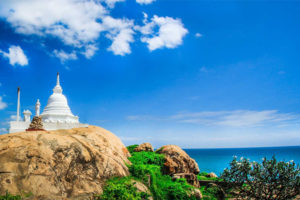
Kirinda Temple
Kirinda is a beautiful place visited by thousands of pilgrims each year. The ancient temple is sited atop a rocky outcrop from which one can obtain magnificent views of the desolate coast with its long stretch of sand dunes and the ocean beyond. On a clear day the light house on the Great Basses reef appears like a needle in the far distance.
With the atmosphere of its magnificent setting aside the sea, Kirinda is the appropriate setting of one of those popular legends that constitute early Sri Lankan history. Legend recounts that Kirinda was the place where Princess Viharamahadevi drifted ashore after being sacrificed to the sea to atone for her father’s, King Kelanitissa, sacrilegious act of killing a monk by putting him in a cauldron of boiling oil. After receiving the Princess, King Kavantissa, who was the ruler of Ruhuna at that time, married the young princess and the couple eventually had 2 sons. Dutugemunu, the eldest son of Viharamahadevi became one of the legends in Sri Lankan history.
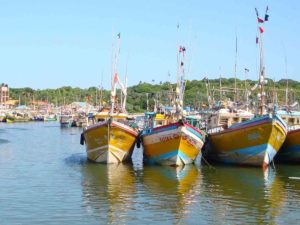
Kirinda Harbour
The Fishery Harbour has been constructed under grant aid programme given by Japanese Government. Construction work was done by Penta Ocean and Wakachiku Japanese Companies. Kirinda Fishery Harbour is located surrounding historical places of Sri Lanka like Sithulpawwa, Tissamaharamaya and Kataragama. Also at close proximity to the Yala and Bundala National Parks. Sinhala and Muslim people live together in Kirinda and suburbs. Kirinda harbour is used as a transit harbour for craft fishing in Easter coast.
If you wish to buy some fresh seafood for your meals a short 5 minute drive from the villa will take you to the harbor. But you need to get there early in the morning in order to beat the wholesale fish vendors.
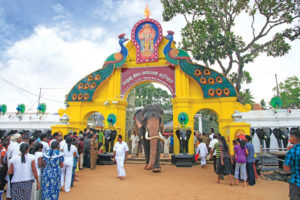
Katharagama
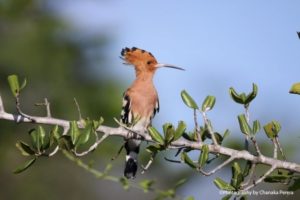
Bundala National Park
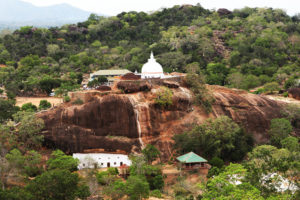
Situlpawwa
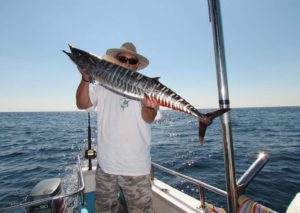
Fishing
Kirinda and the surrounding sea is very famous location for Game Fishing. From Yala villa to the Kirinda Fisheries harbor is a 10 minute walk where the excursions commence.Its advisable to bring your own fishing gear and you can hire a boat from the Harbour or can use your own service provide. This is seasonal for your information.
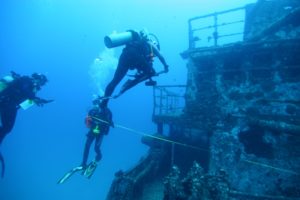
Diving-in Kirinda
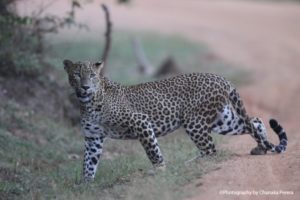
Yala Block 05 Safari’s
Yala Block 05 Safari’s are getting famous by the day by day. Yala Villa to the Block 05 Entrance is a 45minute drive the. You are rewarded with much quieter and more scenic surrounding. Photo opportunities of the reservoir and scenes inside the park are memorable.